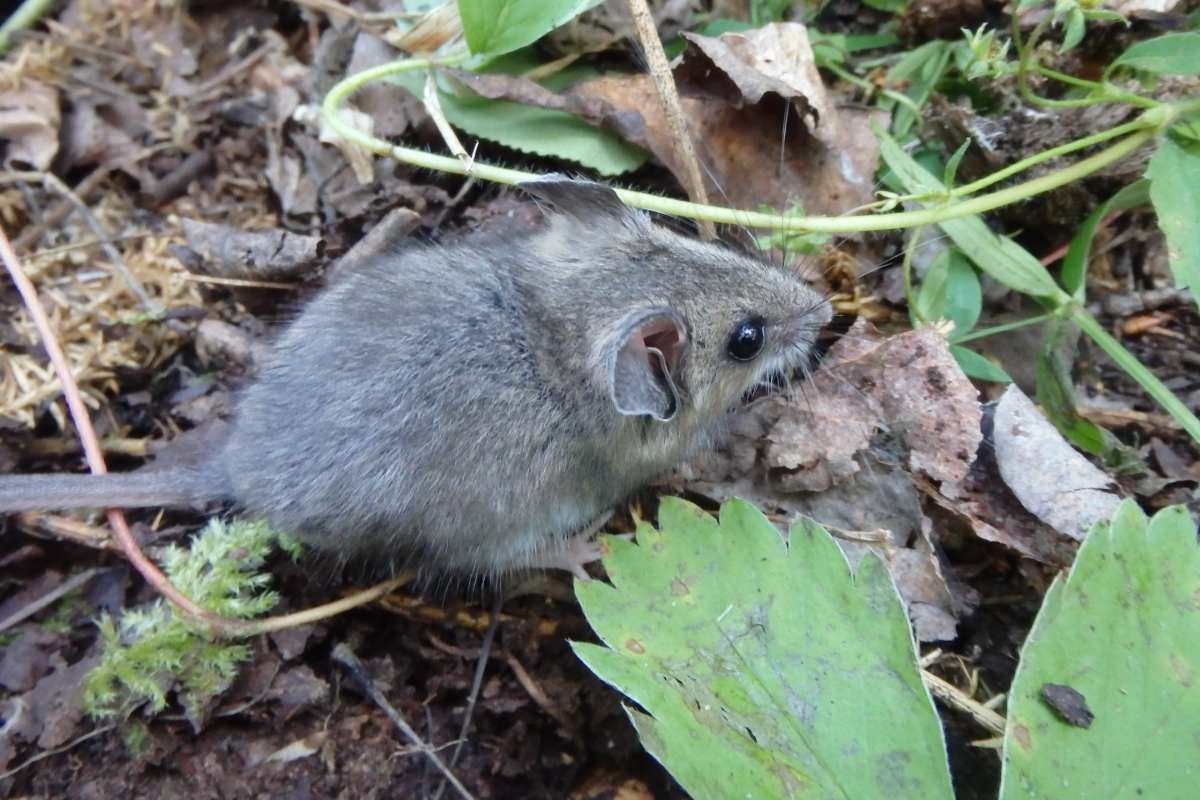
A deer mouse, one of the species of small mammals investigated by a new study looking at whether industrial activity impacts their population dynamics and behaviour. Image credit: Julia Shonfield
Small mammals are not disturbed by industrial activity taking place near their homes, according to a new study by University of Alberta scientists.
The study examined the populations of deer mice and red-backed voles in the boreal forest of northeastern Alberta to determine how factors like noise, traffic, and industrial activity would affect the activity and number of mice and voles living in the area. The researchers followed the activity of deer mice and red-backed vole populations in areas close to compressor stations and roads, as well as in areas with no infrastructure or industry activity.
"Our results suggest that for two common forest-dwelling rodent species, the effects of roads and infrastructure producing chronic noise are minimal and unlikely to be drivers of their population dynamics or behaviour," said Julia Shonfield, who conducted the research during her PhD studies under the supervision of Erin Bayne in the Department of Biological Sciences.
So, why examine the activity of rodents in the first place? Because these results are one piece in the larger puzzle of understanding the complex effects of industry on wildlife, Shonfield explained.
"Infrastructure and sensory stimuli from energy sector operations in the boreal forest can have negative effects for some species and neutral or positive effects for other species. This research is important because small mammals form an important part of ecosystems. They are prey to a large variety of predators and they serve an important function as seed and spore dispersers."
There are many areas of future investigation, including building an understanding of how the role of predator dynamics interacts with human disturbance, and how these factors may potentially affect prey animals.
The paper, "Effects of industrial disturbance on small mammal abundance and activity," was published in the Canadian Journal of Zoology (doi: 10.1139/cjz-2019-0098).